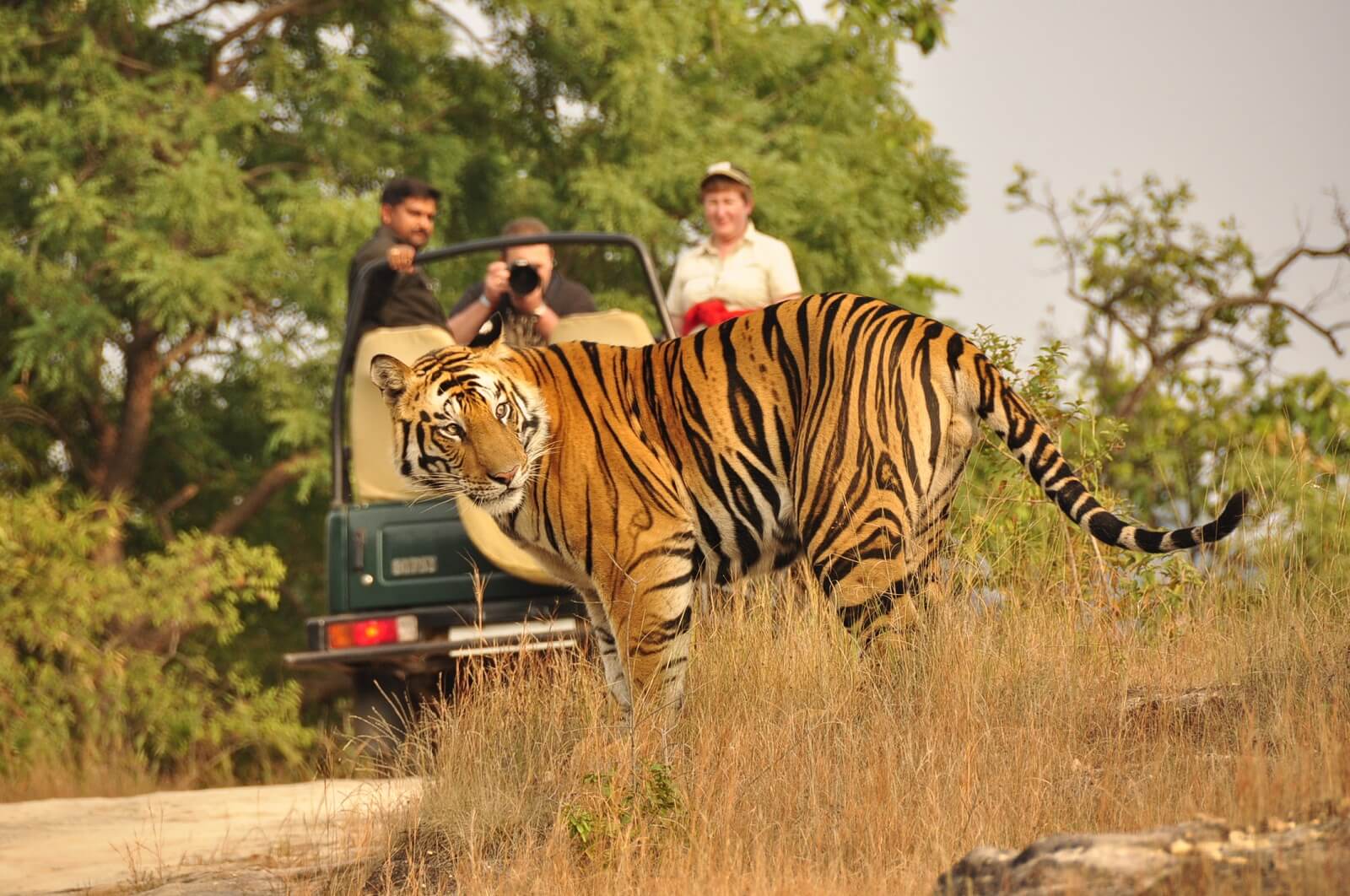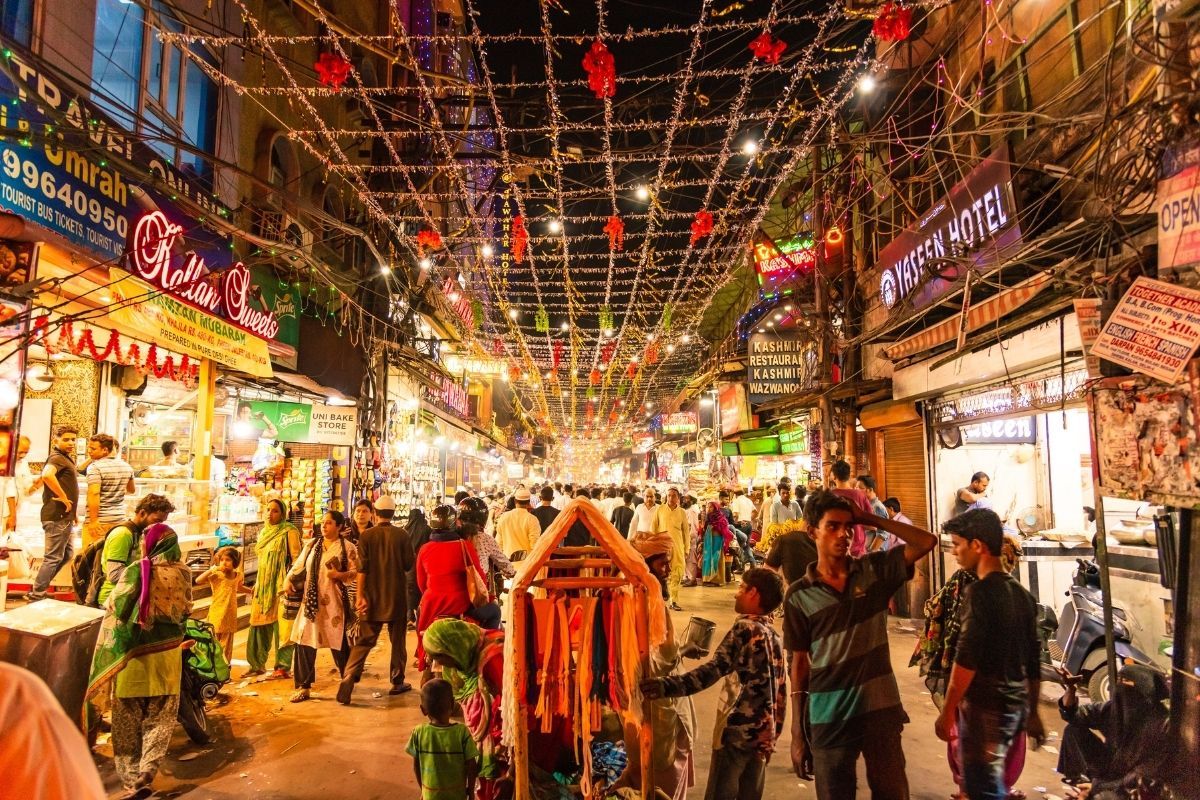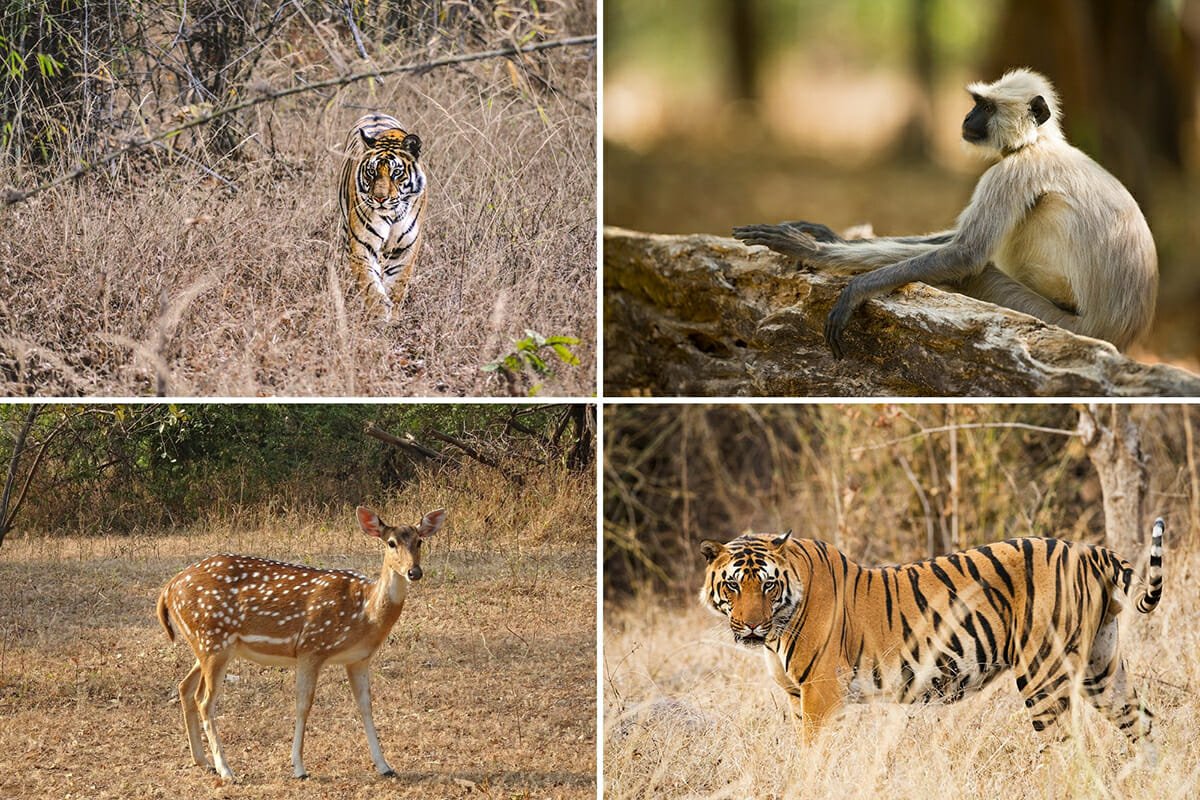13 UNESCO Listed Intangible Cultural Heritage of Humanity of India
by
India’s cultural heritage is matchless. Cultural Heritage of India that does not limit itself to monuments, collections of objects or a particular places; it also includes traditions that have been passed through generations as a way of life. The Intangible Cultural Heritage of India includes social practices, festivals, rituals, oral traditions, knowledge, performing arts, and particular skills to produce traditional crafts. In India, in its centuries of existence, vast cultural diversity, heritage and population, intangible cultural heritage is found in every nook and very corner of the country.
In changing times, the cultural heritage is being lost and to preserve this vast wealth, UNESCO lists these cultural practices at Intangible Cultural Heritage of Humanity. For the tarveles exploring India, the cultural heritage is an incredible experience that makes you fall in love with the colourful kaleipdoscpe of the country.
India has a total of 13 such representative ones in the list:
1. Yoga
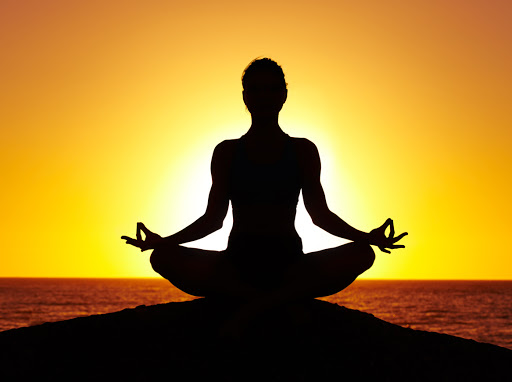
Yoga is an ancient art of health and wellness. It is a holistic knowledge of unifying the mind with body and soul. It is a traditional approach of spiritual, mental and physical well-being taught by the ascetics (rishis) who lead a life of discipline. Yoga comprises a series of poses, meditation, controlled breathing, word chanting, etc. The intangible cultural heritage is one of the reasons to visit India.
Where to go in India to learn about Yoga?
Rishikesh is the Yoga capital of the world and the must-visit place for yoga in India. Bangalore, Kerala, Goa and are the popular places.
2. Kumbh Mela
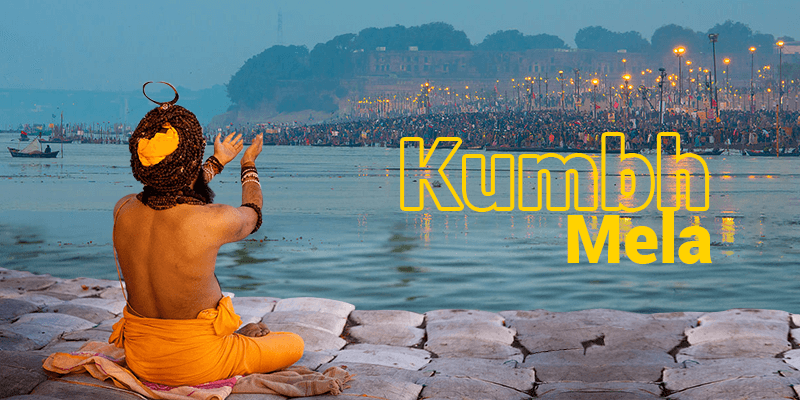
The holy gathering of Kumbh Mela is one of the largest human congregations in the world. The festival of the ‘sacred pitcher’ is a gathering where the pilgrims bathe or take dip in the holy rivers of India. As old as Indian civilization if not more, the festival is organized once in 12 years in four pilgrimage places on the banks of sacred rivers in Haridwar (River Ganga), Ujjain (River Kshipra), Nashik (River Narmada) and Prayagraj, formerly Allahabad (Triveni Sangam -confluence of Ganga, Yamuna and Saraswati).
Where to go in India to learn about Kumbh Mela?
Haridwar, Allahabad, Nashik and Ujjain are the four sacred places where the Kumbh Mela is organized.
3. Kalbelia
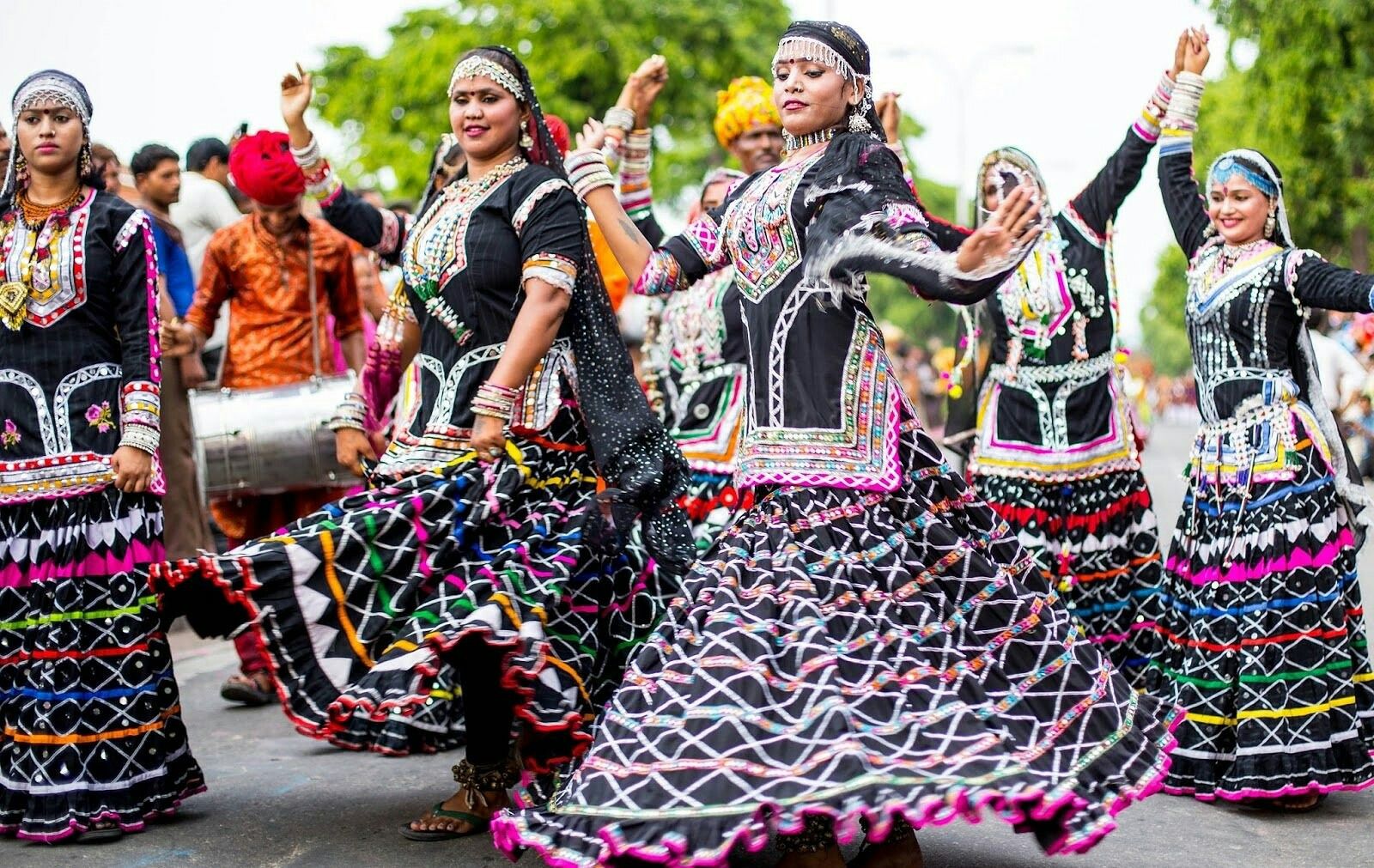
Kalbelia is a folk dance form of Rajasthan that is a part of the culture of the nomadic community of the deserts of Rajasthan. The seductive dance form by the vibrantly attired women is performed on the melodies of ‘Khanjari’ percussion instrument and the ‘Poongi’, a woodwind instrument. The Kalbelia folk performances are based upon the myths and tales of the desert. The intangible cultural heritage is one of the best treasures of India.
Where to go in India to learn about Kalbelia?
The desert dunes of Jaisalmer in Rajasthan or at the major festivals of the state including Pushkar Mela, Bikaner Camel Festival, Jaisalmer Desert Festival, etc.
4. Koodiyattam
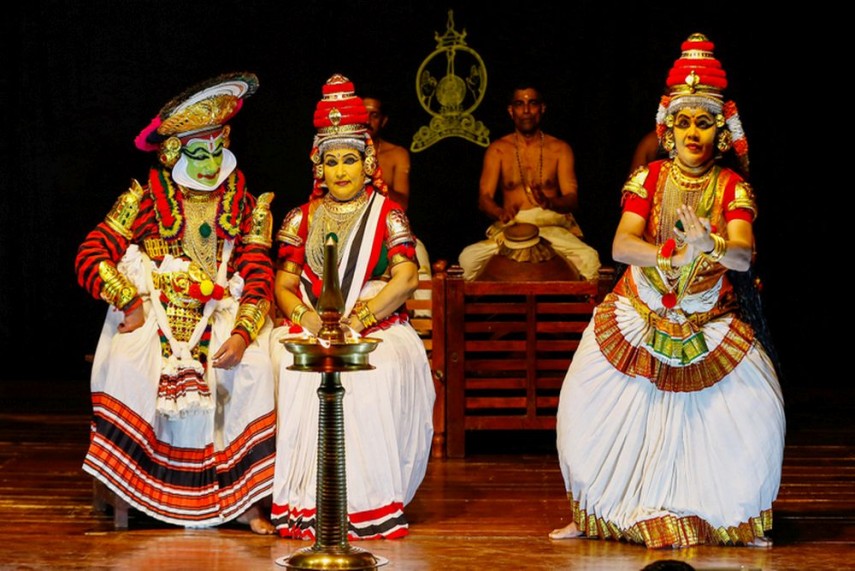
Koodiyattam is an ancient Sanskrit theatrical tradition practiced in Kerala. The beautiful Kerala is an ancient land of history, heritage and culture. Fondly named “God’s Own Country’ the land is a paradise and the traditions are in reverence of the deities close to nature. Traditionally performed in theatres called as Kuttampalams located in the Hindu temples, the theatrical production is a treasured cultural heritage of Kerala.
Where to go in India to learn about Koodiyattam?
Cultural centers in Kerala, especially Kochi keeps the tradition alive. The many luxury resorts of Kerala also recreate for its guests.
5. Vedic Chanting

India’s vedic era was the base of civilization. The sacred texts of veds of the time are the holy texts of Indian culture. The tradition of Vedic chanting involves chanting during sacred rituals and recited daily by the Vedic communities known not only for the rich content of its oral literature but also for the ingenious techniques employed by the Brahmin priests.
Where to go in India to learn about Vedic chanting?
This experience is not very hard as the many temples all over India practice the tradition.
6. Ramlila
A theatrical performance of Ramayana, the Ramlila is performed across North India during the festival of Dussehra. What makes this special is the devotion for the characters of Ramayana, the dialogues and the lessons of life. It is a treasured cultural heritage of India.
Where to go in India to learn about Ramlila?
Vrindavan, Varanasi, Delhi and Ramnagar are the most popular places.
7. Ramman
Another religious festival of India that finds its mention among the elite list of cultural heritage of humanity in India is Ramman. Hailing from the mountains of Uttarakhand, the festivities involve one particular village where all the residents have specific roles.
Where to go in India to learn about Ramman?
The villages of Saloor and Dungra in Uttarakhand are the exclusive places to experience the festival.
8. Mudiyett
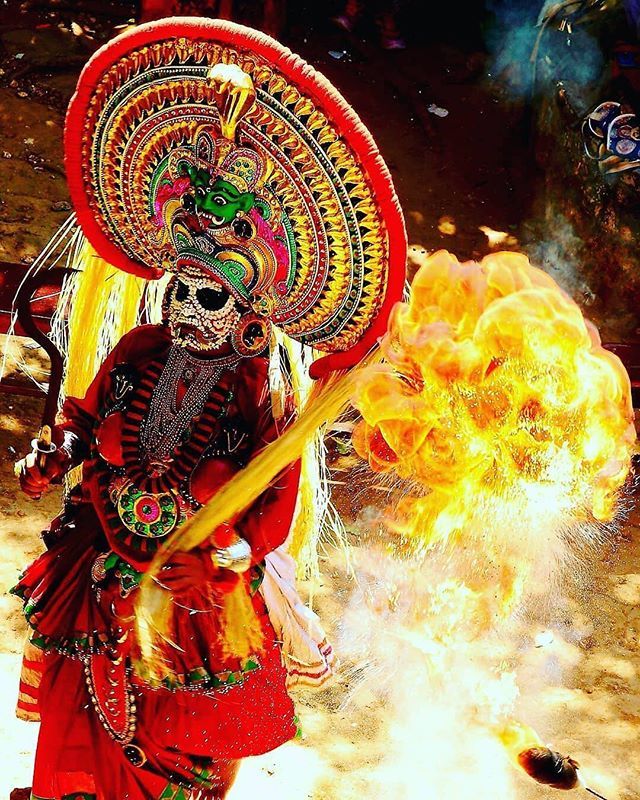
From the God’s Own Country, Kerala, Mudiyett is a ritual dance drama based on a mythological tale of the battle between Darika, the demon and Goddess Kali. The vibrant attire, the magnificent masks and the traditions make it a rare gem of Indian cultural heritage.
Where to go in India to learn about Mudiyett?
Cultural centers in Kerala, especially Kochi keeps the tradition alive. The many luxury resorts of Kerala also recreate for its guests.
9. Chhau Dance
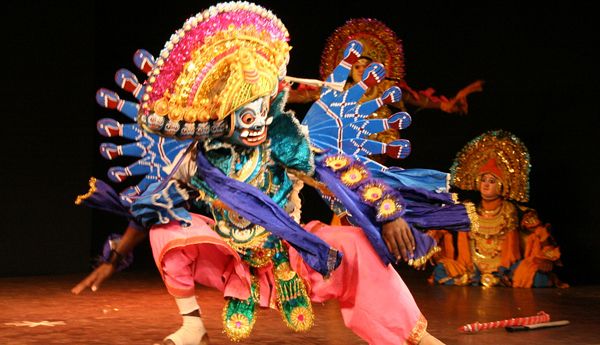
Chhau Dance is a semi-classical form of tribal dance, combining martial arts, storytelling, martial arts, mock combat, acrobatics, and athletics and story-telling based in eastern India. Based on episodes from epics including the Mahabharata and Ramayana, local folklore and abstract themes, the dance form is a colorful cultural heritage. The incredible masks used in Chhau are worth admiring as are the vibrant attires, musical instruments and graceful dance is an experience to cherish.
Where to go in India to learn about Chhau Dance?
The origin of Chhau Dance is East India, in the cities of Kolkata, Purulia, Bhubaneswar, etc.
10. Buddhist Chanting
Buddhist chanting is a part of the prayers of the Buddhist lamas (priests) in the Ladakh region. There are several forms of chanting and what makes it special is the serenity it grants to the chanters and one who even listen to the chants. Accompanied with musical instruments, these chants are a melody that soothes the body, mind and soul.
Where to go in India to learn about Buddhist Chanting?
Monasteries in Ladakh keep the tradition alive.
11. Sankirtana
Hailing from the North East India, Sankirtana is a set of arts performed to mark religious occasions and various stages in the life of the Vaishnava people of the Manipur plains.
12. Traditional brass and copper craft of utensil making
The craft of the Thatheras of Jandiala Guru constitutes the traditional technique of manufacturing brass and copper utensils in Punjab.
13. Nawrouz
The Persian New year celebrated worldwide. It involves street performances of music and dance, public rituals involving water and fire, traditional sports and the making of handicrafts.

